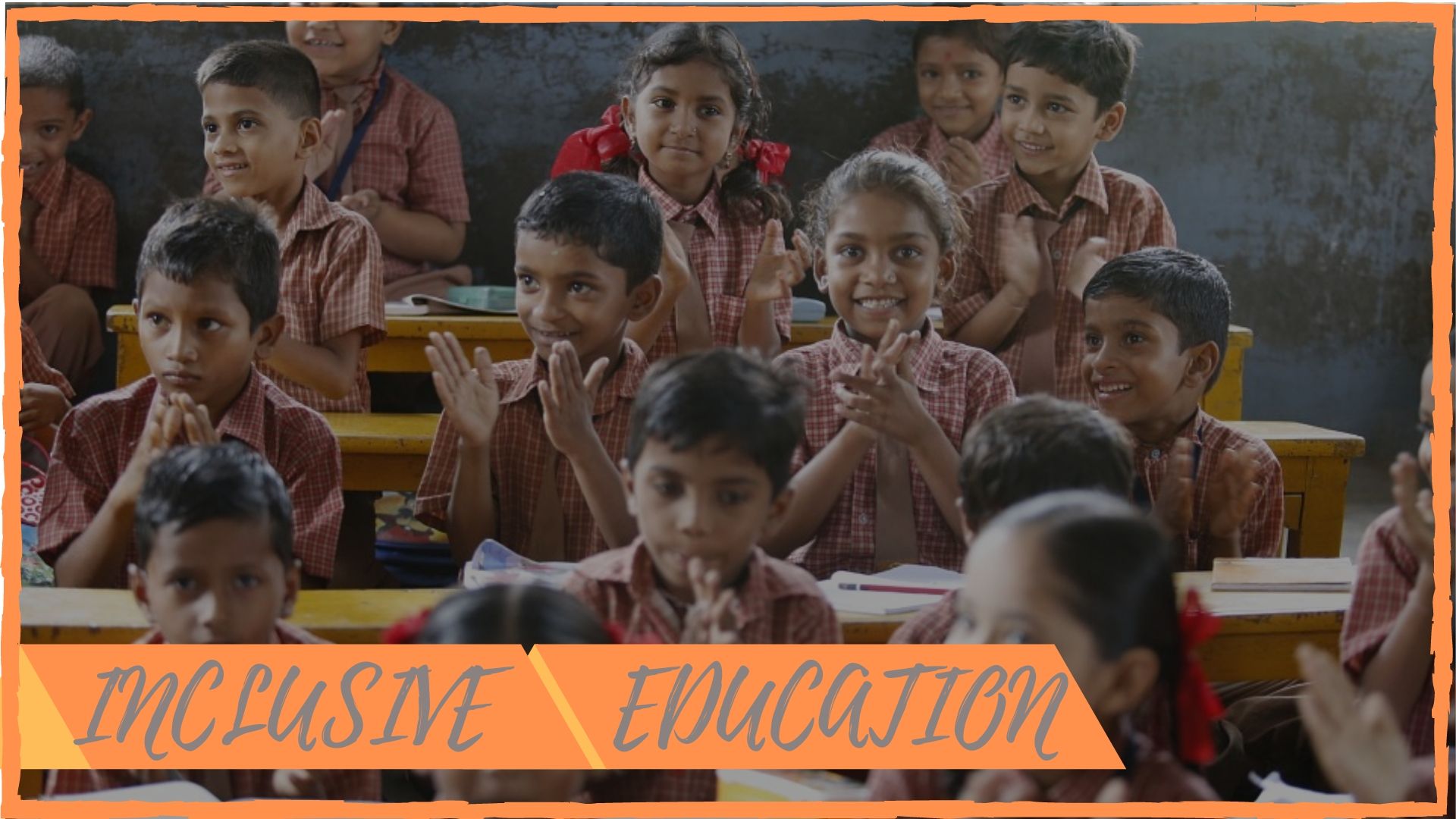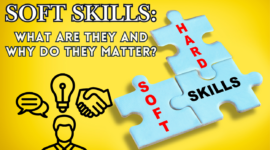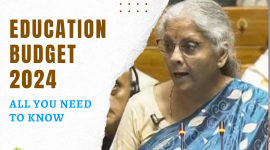Inclusive education has a power to create a positive environment for every student. The need to make the present educational scenario more inclusive is significantly felt to benefit all the individuals in this world (in same term as a boarding school makes life easier). Today the society gravitates more towards incorporation, to ensure better development and well-being to everyone.
WHAT IS MEANT BY INCLUSIVE EDUCATION?
As the name suggests, Inclusive education fosters admittance of every student in the educational program, free from all the hindrances and challenges. A program that pertains to a particular age group of students should be provided with equal opportunities to the student, regardless of a child’s short-comings or disabilities.
Inclusion in education ensures that the disabled student has every right and capability to receive fundamental training like regular students. Their disability should not stop them from attending the schools and classrooms with the other children without disabilities. This radiates a more liberated atmosphere, and students can work without any significant pressure and restrictions.
Inclusive education generates and provides acceptance and understanding towards the needs of students and also identifies the differences, diversity and cultural background of the students. A student’s characteristic differences are also included, such as the physical, cognitive, literary and social abilities. It does not exempt any student from acquiring auxiliary aids that are needed in some instances, but the prime goal is to establish equality.
BENEFITS OF INCLUSIVE EDUCATION
FOR STUDENTS
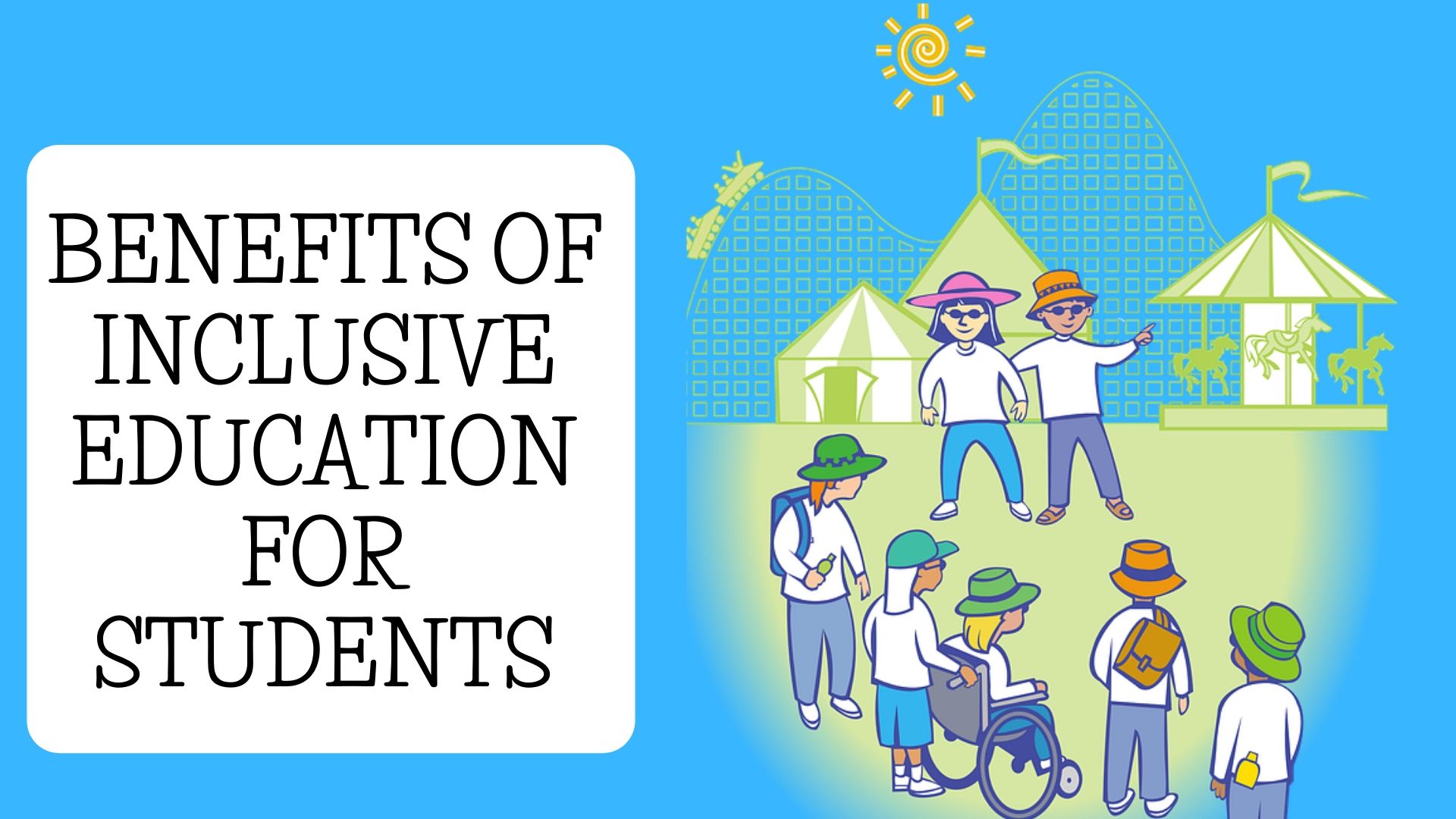
When students from different background and different abilities share a typical class, they learn a lot of things. They learn to deal with situations better and also understand the value of corporation and coordination. Many studies have proven that students with disabilities show better performance and improved skills through inclusive education.
Students with disabilities (SWD), get a better academic influence, learn better social communication and interaction skills and develop a better stand in the society. They feel like a regular citizen of the community and are also treated as one. This makes them more efficient, and they become more adaptive in different situations. Teachers are also able to discover their potential and identify a unique learning style for them ( Visual, Auditory, Kinesthetic).
The classmates of such students, who are without disabilities, also develop a positive and supportive attitude towards these such children. Their perspective broadens, and they accept the differences with an open mind. By helping their classmates, a student improvises their skills and learn specific critical human values. They learn management, team-work, leadership and communication.
FOR PARENTS
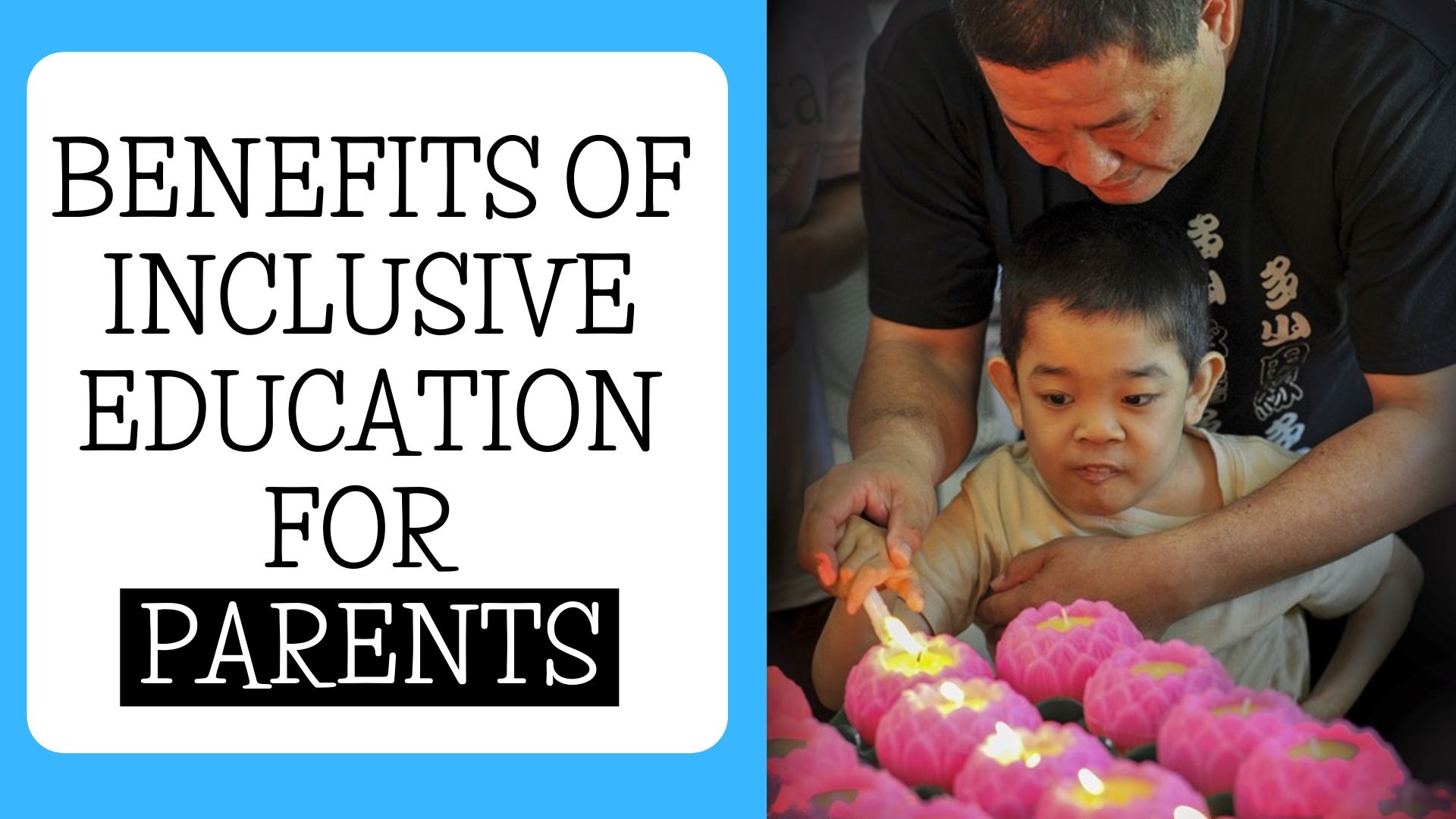
A parent’s concern for their child with a disability is way more than a healthy child. They fear that their child may face performance issues and have a hard time coping up in an inclusive classroom environment. Therefore, they are hesitant about the concept of inclusion. But, parents who have opted this type of education for their children generally had a positive review of this. Even the parents of regular children possessed a very positive outlook on the overall scenario.
Such kind of acceptance and openness of the community acts in favour of Inclusive education and the people’s preference for it also amplifies.
STRATEGIES FOR INCLUSION IN EDUCATION
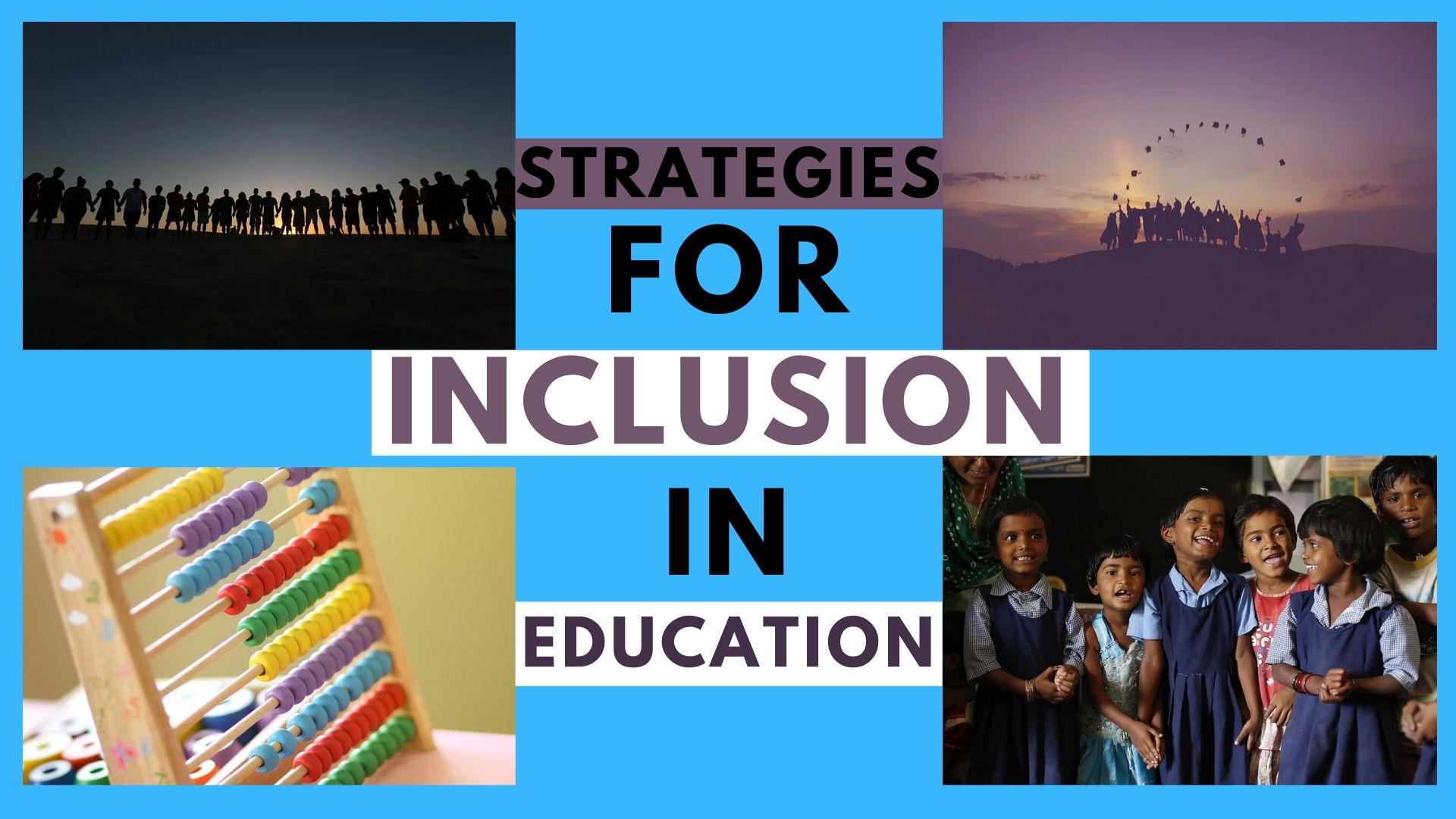
The stakeholders in this process of inclusive education are primarily educators or teachers. Many teachers are covert minded to such a concept as they lack the knowledge and confidence in being able to cater to the needs of the students with disabilities. On the contrary, the teacher who have been a part of this, highly endorse inclusive education in schools. Proper training of the teacher and providing them with the necessary resources can significantly help in improvising the procedure.
Here are some useful strategies that can help in the implementation of inclusion in all the schools:-
- Universal Learning Design:- Such design includes various learning styles that can support a learner in several ways. These include audio lessons, images, graphic organizers, oral and written responses, modelling, and the use of modern technological gadgets. A student with a disability can be provided with headphones, use calculators, and in some instances, can also be granted extra time.
- Use various instructional equipment:- A teacher can use electronic boards or a speaker, visual presenters, audio-video aids etc. to deliver their instructions to the students. Disabled students can be provided extra-attention and given more tools that can ease their learning process. Other students should also be encouraged to corporate and support such students.
- Group activities and classmates support:- A group activity can significantly benefit such students. Other students of the class can also aid them and provide the necessary help whenever needed. A teacher should continuously screen the activities of these students. Student-led- demonstrations, group activities, pair-work, corporative project groups and peer tutoring are some of the methods that can be applied in this context.
Overall, Inclusive education is a very healthy and profitable concept that ensures an excellent future for students with disabilities. They become more adaptive with the general society and hence do not face any significant problems in life.






